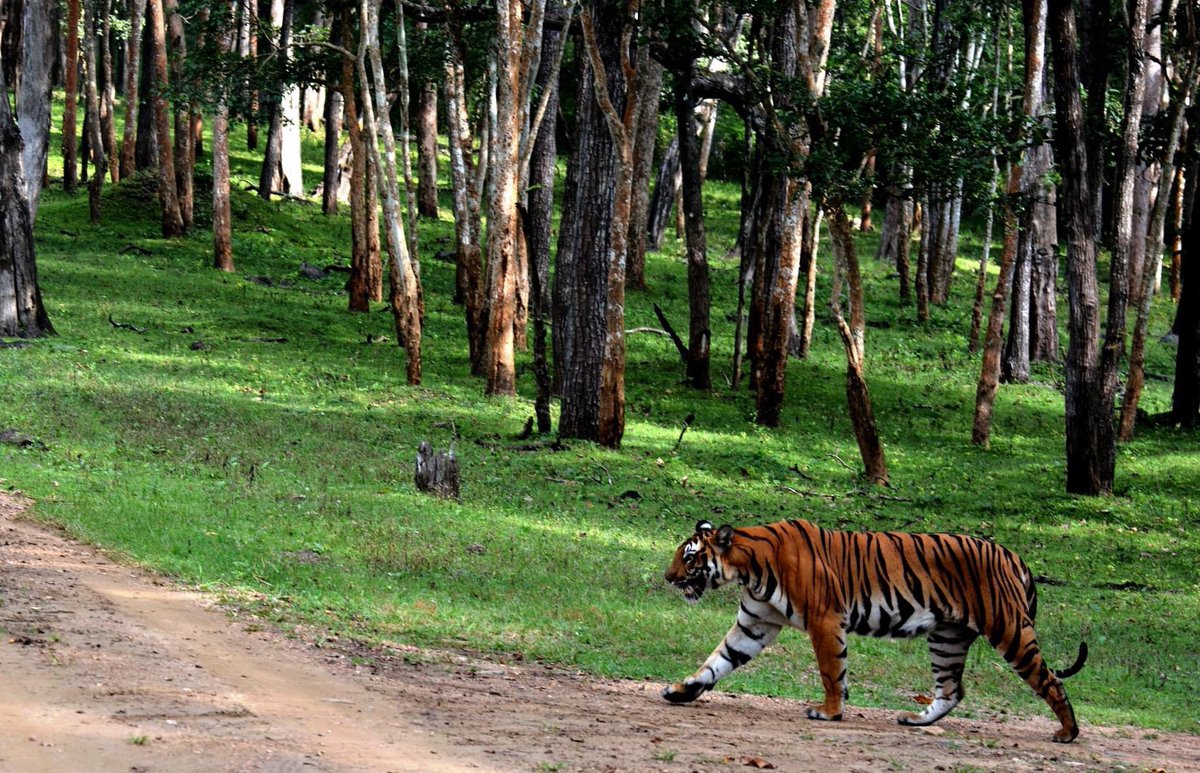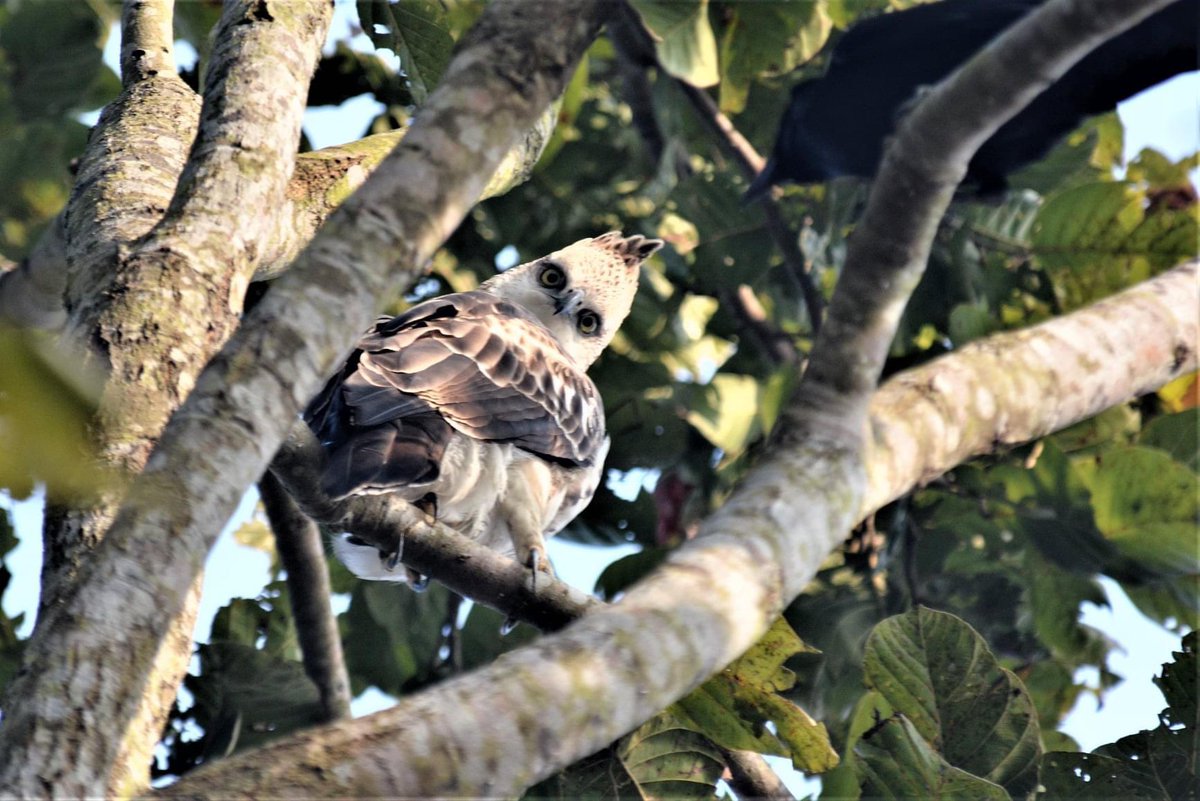On #WorldEnvironmentDay2023 sharing my top 5 #Wildlife destinations. A thread with photos by @shranjan
1) Corbett - The #beauty of #Corbett lies in its montane #river valleys, majestic Sal #forests and expansive #grasslands teeming with #wildlife.
@ReserveCorbett #Dhikala



1) Corbett - The #beauty of #Corbett lies in its montane #river valleys, majestic Sal #forests and expansive #grasslands teeming with #wildlife.
@ReserveCorbett #Dhikala




2) Tadoba - It has transformed from a little known forest in the 90’s to Central India’s tiger capital. The only park where tiger sightings in #buffer zone are as good as the core.
@etadoba #tadoba @SvasaraResorts #TigerReserve



@etadoba #tadoba @SvasaraResorts #TigerReserve




3) Kaziranga - Wildlife as far as the #eye can see, the only park in #India that can match the experience of #MasaiMara. You can sight the “Big Five” in a single #safari.
@kaziranga_ #Assam #BigFive @assamforest



@kaziranga_ #Assam #BigFive @assamforest




4) Kabini - It is the crown #jewel of the #WesternGhats with amazing sightings of tigers, #leopards and #dhole…… and the Indian Giant #squirrel if you are lucky.
@nagaraholetr @aranya_kfd



@nagaraholetr @aranya_kfd




5) Pilibhit - My personal #favorite is this best kept #secret of #Terai jungles. It is a pristine forest with crisscrossing #canals and incredible density of wildlife.
@PilibhitR @uptourismgov @UpforestUp @rameshpandeyifs @skumarias02 @ParveenKaswan @pargaien



@PilibhitR @uptourismgov @UpforestUp @rameshpandeyifs @skumarias02 @ParveenKaswan @pargaien




• • •
Missing some Tweet in this thread? You can try to
force a refresh

 Read on Twitter
Read on Twitter









